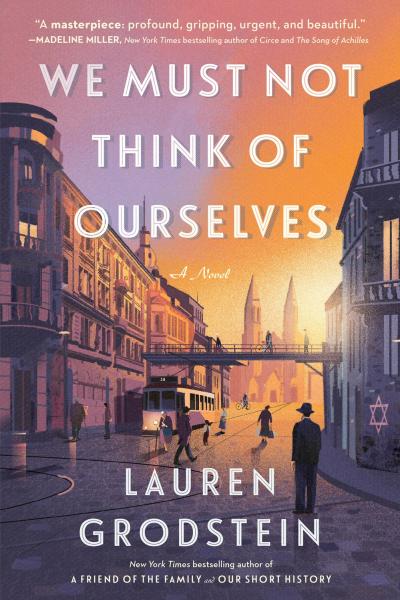
Bloody Business: An anecdotal history of Scotland Yard by H. Paul Jeffers. 363.2 J45
Fans of true crime and historical trivia will love this book. Why are British uniformed police called "Bobbies?" Why do the police at Scotland Yard call the main entrance "the back way?" Why is the elite department that deals with terrorism and the most difficult cases called "The Special Branch," and what was its original name? Why do they call the Police Department in London "The Metropolitan Police," and why did it not always have jurisdiction over "The City of London?" You will find answers to all these questions and more in this book.
Jeffers uses the literary style of nonfiction writing, laying out the facts of the cases the same way as one would see in a well-written short story. The numerous "little-known fun facts," come up incidentally in a compact and very readable anecdotal narrative. A very helpful index will guide you back to passages that describe people who come up again later on. (My favorite of all the stories has to be the one in which an ordinary burglar, mistaken for Jack the Ripper by an angry mob, negotiates while "on the run" with the police officer in foot pursuit of him that if the cop saves him from the mob, he'll confess and not give the police any trouble. Both men held up their end of that bargain.)
Facts unknown to me, before I read this book, include the author of the Sherlock Holmes stories, Arthur Conan Doyle, did some work as a "consulting detective" himself, although not with the neat and tidy results that his fictional character did (real life never does give us "neat and tidy" the way you see it on a page of fiction). Scotland Yard inspectors worked several actual cases that inspired a few of the Sherlock Holmes stories, and in a case of real-life imitating art, criminals in 1971 took their plan to rob a bank from a Sherlock Holmes story published in 1890.
Although published in 1992, this book only recently entered our collection. This means the text predates some now widely familiar investigative tools, such as DNA testing and extensive electronic surveillance, to name a few. It is still quite eye-opening to read about the earlier technology that police had to use. Since the "CSI" television and similar movies have popularized modern forensic technology, this book allows you to (re)learn how police in earlier times had to find murderers without the high-tech gadgets (or low-tech ones, for that matter), and how the application of scientific methods to police work originated and evolved over time.



